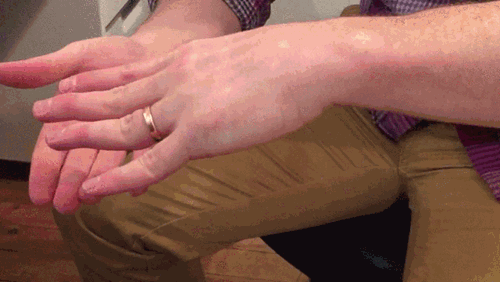-
As of today ICMag has his own Discord server. In this Discord server you can chat, talk with eachother, listen to music, share stories and pictures...and much more. Join now and let's grow together! Join ICMag Discord here! More details in this thread here: here.
You are using an out of date browser. It may not display this or other websites correctly.
You should upgrade or use an alternative browser.
You should upgrade or use an alternative browser.
- Status
- Not open for further replies.
^^^ lmfao @ lef
Aha, thanks mrs. Bababa. I googled it and they call double-jointed "hypermobility".
Women are more prone to it, and there is a link between panic disorders and hypermobility.
Women are more prone to it, and there is a link between panic disorders and hypermobility.
A 1998 study linked panic disorders and joint hypermobility. The prevalence of joint hypermobility syndrome among patients with a panic disorder was 67.7% compared to the control psychiatric group (10.1%). Women and younger subjects were found to be over 20 times more likely to have hypermobile joints than their counterparts in the control group. The study also found a higher prevalence for mitral valve prolapse (8%). Depression and anxiety were other correlated symptoms.[3]
A 2003 study found that 78% of people with hypermobility also had orthostatic intolerance, which can lead to chronically high adrenalin and chronic anxiety.[4]
Midwest sticky
Resident Smartass & midget connoisseur
[youtubeif]U5INs_elqnY[/youtubeif]
- Status
- Not open for further replies.







group-shot2_MEugley.jpg)









